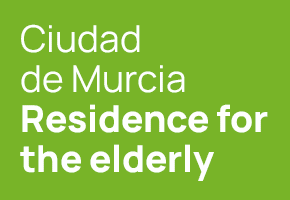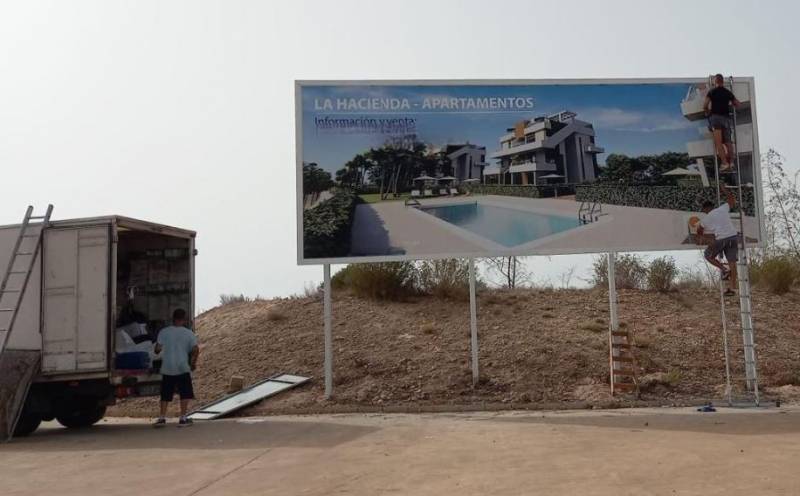- Region
- Águilas
- Alhama de Murcia
- Jumilla
- Lorca
- Los Alcázares
- Mazarrón
- San Javier
-
ALL AREAS & TOWNS
- AREAS
- SOUTH WEST
- MAR MENOR
- MURCIA CITY & CENTRAL
- NORTH & NORTH WEST
- TOWNS
- Abanilla
- Abarán
- Aguilas
- Alamillo
- Alcantarilla
- Aledo
- Alhama de Murcia
- Archena
- Balsicas
- Blanca
- Bolnuevo
- Bullas
- Cañadas del Romero
- Cabo de Palos
- Calasparra
- Camping Bolnuevo
- Campo De Ricote
- Camposol
- Canada De La Lena
- Caravaca de la Cruz
- Cartagena
- Cehegin
- Ceuti
- Cieza
- Condado de Alhama
- Corvera
- Costa Cálida
- Cuevas De Almanzora
- Cuevas de Reyllo
- El Carmoli
- El Mojon
- El Molino (Puerto Lumbreras)
- El Pareton / Cantareros
- El Raso
- El Valle Golf Resort
- Fortuna
- Fuente Alamo
- Hacienda del Alamo Golf Resort
- Hacienda Riquelme Golf Resort
- Isla Plana
- Islas Menores & Mar de Cristal
- Jumilla
- La Azohia
- La Charca
- La Manga Club
- La Manga del Mar Menor
- La Pinilla
- La Puebla
- La Torre
- La Torre Golf Resort
- La Unión
- Las Palas
- Las Ramblas
- Las Ramblas Golf
- Las Torres de Cotillas
- Leiva
- Librilla
- Lo Pagan
- Lo Santiago
- Lorca
- Lorquí
- Los Alcázares
- Los Balcones
- Los Belones
- Los Canovas
- Los Nietos
- Los Perez (Tallante)
- Los Urrutias
- Los Ventorrillos
- Mar De Cristal
- Mar Menor
- Mar Menor Golf Resort
- Mazarrón
- Mazarrón Country Club
- Molina de Segura
- Moratalla
- Mula
- Murcia City
- Murcia Property
- Pareton
- Peraleja Golf Resort
- Perin
- Pilar de la Horadada
- Pinar de Campoverde
- Pinoso
- Playa Honda
- Playa Honda / Playa Paraíso
- Pliego
- Portmán
- Pozo Estrecho
- Puerto de Mazarrón
- Puerto Lumbreras
- Puntas De Calnegre
- Region of Murcia
- Ricote
- Roda Golf Resort
- Roldan
- Roldan and Lo Ferro
- San Javier
- San Pedro del Pinatar
- Santiago de la Ribera
- Sierra Espuña
- Sucina
- Tallante
- Terrazas de la Torre Golf Resort
- Torre Pacheco
- Totana
- What's On Weekly Bulletin
- Yecla


- EDITIONS:
 Spanish News Today
Spanish News Today
 Alicante Today
Alicante Today
 Andalucia Today
Andalucia Today
Date Published: 08/10/2021
ARCHIVED - Over 70,000 people attend Mar Menor protest demonstration in Murcia
“We will not stop”: protest march takes aim at local and national politicians to demand real and immediate action
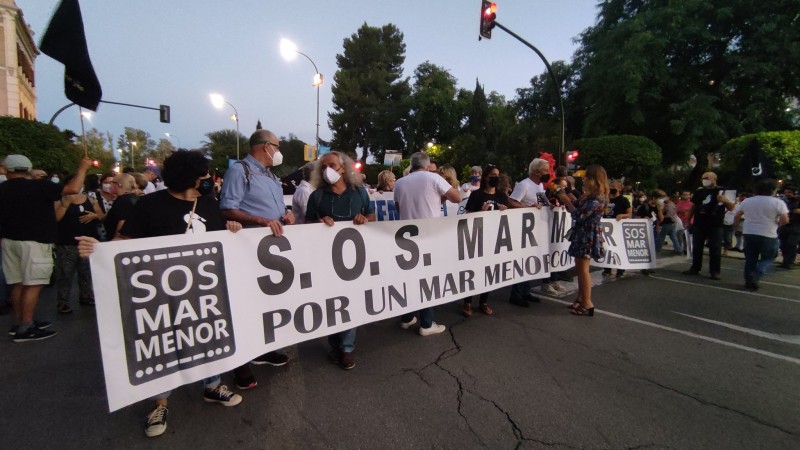
The long-awaited protest march in Murcia city calling for the regional government to save the Mar Menor was by all accounts a roaring success yesterday, at least in terms of turnout. Organisers estimate that up to 75,000 people may have been in attendance, waving flags, blowing whistles, beating drums and singing out the support for an immediate solution to the environmental disaster that continues to plague the lagoon.
Although the organisers asked that the march not be politicised, representatives of all parties turned up, with the exception of the centre-right PP and far-right Vox. However, they all left their logos and party colours at home, respecting the wishes of demonstrators to make this a civilian-led protest. Heads of national parties such as the leader of Más País, Íñigo Errejón, and the national spokesperson for Podemos, Pablo Fernández, came down to Murcia from Madrid.
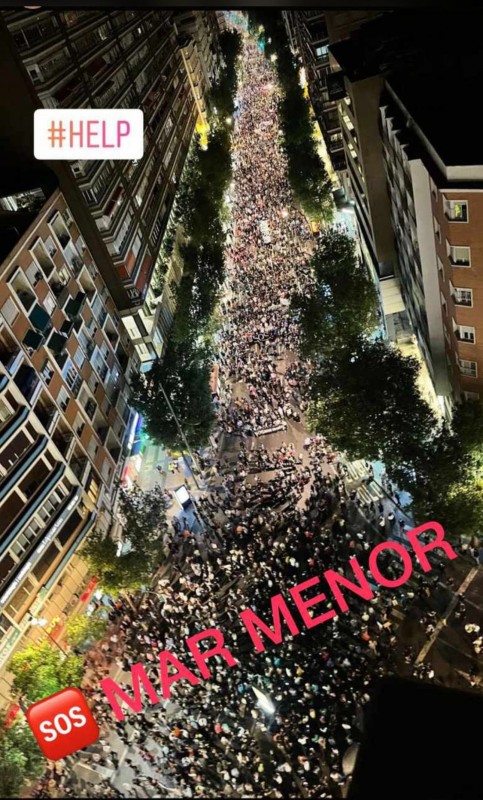 The protest proceeded on two fronts. A first column gathered at the Palacio de San Esteban, the seat of the Presidency of the regional government of Murcia. It was there that tempers were most heated, as it is the regional government, in the hands of the centre-right PP party since 1995, which a majority of those present blamed exclusively for the catastrophe now facing the Mar Menor.
The protest proceeded on two fronts. A first column gathered at the Palacio de San Esteban, the seat of the Presidency of the regional government of Murcia. It was there that tempers were most heated, as it is the regional government, in the hands of the centre-right PP party since 1995, which a majority of those present blamed exclusively for the catastrophe now facing the Mar Menor.Another retinue left from the national Government Delegation, representing the fact that the state administration is also being asked to become more involved in remedying a problem that for too long was considered a local matter.
The two marches converged in the Plaza de la Fuensanta, and from there they headed together along the Avenida de la Constitución, the Plaza Circular and Ronda Levante to conclude in the Plaza de Juan XXIII. This is the headquarters of the Regional Ministry of Water, Agriculture, Livestock, Fisheries and the Environment, the department which has executive authority over the Mar Menor and over the economic activity which, according to most experts, has led to its current degradation: the decades of intensive agriculture in the Campo de Cartagena.
Meanwhile, similar solidarity marches took place around the country in Madrid, Valencia and even in Brussels, Belgium, where demonstrators called on the EU to step in.
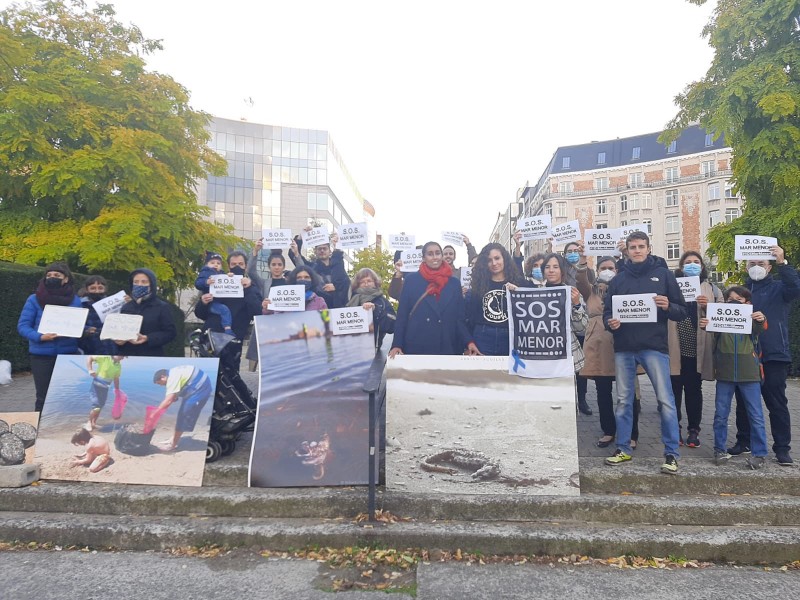
SOS Mar Menor in Brussels
Councillor Antonio Luengo was not in his office in Murcia, nor was president López Miras in San Esteban when the demonstrators were in front of the palace. Both of them must have had their ears pricked up, as they were constantly asked to resign during the tour. Outside the Regional Ministry, the SOS Mar Menor manifesto agreed between the organisations was read out by Isabel Rubio, representative of the platform Pacto por el Mar Menor.
Manifesto for the Mar Menor
“We are here this afternoon because, this summer, the Mar Menor once again spat in our faces at the mistreatment and indifference to which it has been subjected for so many decades,” Ms Rubio read. “We are here because the largest hypersaline coastal lagoon in Spain, and one of the largest in the Mediterranean and Europe, has been deteriorating and falling ill as a result of the greed of some and the incompetence and connivance of others.”
The manifesto goes on to accuse the regional government of “constantly” lying to society about the health of the Mar Menor and of wasting public resources “on useless measures while failing to act on the source of the problem”. Nor was the Confederación Hidrográfica del Segura (CHS) spared from criticism: “It has been looking the other way and allowing, and even regularising, new illegal irrigation with large desalination infrastructures paid for by all with public funds.”
Other causes blamed for the collapse of the lagoon are “excessive urban development, pollution from mining waste, the collapse of sewage networks, excessive nautical pressure and the poor location of marinas”. The regional government’s main solution to solve the problem of pockets of anoxia in the Mar Menor right now, to open the Marchamalo canal and let them out into the Mediterranean Sea, was also denounced by protestors: “do not transfer the problem of the Mar Menor to the Mediterranean”.
“We will not stop until we have a living Mar Menor, for our generation and future generations,” the manifesto concluded.
The demonstrations ended with a rousing version of the song ‘Sol y Sal’, which has become the unofficial anthem of the cause.
"Sol y sal", de la banda cartagenera Nunatak, convertido en himno del Mar Menor, ha servido de colofón a la protesta pic.twitter.com/Gh7P2mptv9
— SER Murcia (@SER_Murcia) October 7, 2021
Image 1: ANSE
Images 2&3: Pacto por el Mar Menor
Loading
Find more information by AREA, TOWN or URBANISATION .....
Cabo de Palos
Cartagena
El Carmoli
Islas Menores and Mar de Cristal
La Manga Club
La Manga del Mar Menor
La Puebla
La Torre Golf Resort
La Union
Los Alcazares
Los Belones
Los Nietos
Los Urrutias
Mar Menor Golf Resort
Pilar de la Horadada
Playa Honda / Playa Paraiso
Portman
Roldan and Lo Ferro
San Javier
San Pedro del Pinatar
Santa Rosalia Lake and Life resort
Terrazas de la Torre Golf Resort
Torre Pacheco
Cartagena
El Carmoli
Islas Menores and Mar de Cristal
La Manga Club
La Manga del Mar Menor
La Puebla
La Torre Golf Resort
La Union
Los Alcazares
Los Belones
Los Nietos
Los Urrutias
Mar Menor Golf Resort
Pilar de la Horadada
Playa Honda / Playa Paraiso
Portman
Roldan and Lo Ferro
San Javier
San Pedro del Pinatar
Santa Rosalia Lake and Life resort
Terrazas de la Torre Golf Resort
Torre Pacheco
Aguilas
Aledo
Alhama de Murcia
Bolnuevo
Camposol
Condado de Alhama
Fuente Alamo
Hacienda del Alamo Golf Resort
Lorca
Mazarron
Puerto de Mazarron
Puerto Lumbreras
Sierra Espuna
Totana
Aledo
Alhama de Murcia
Bolnuevo
Camposol
Condado de Alhama
Fuente Alamo
Hacienda del Alamo Golf Resort
Lorca
Mazarron
Puerto de Mazarron
Puerto Lumbreras
Sierra Espuna
Totana
Abanilla
Abaran
Alcantarilla
Archena
Blanca
Corvera
El Valle Golf Resort
Hacienda Riquelme Golf Resort
Lorqui
Molina de Segura
Mosa Trajectum
Murcia City
Peraleja Golf Resort
Ricote
Sucina
Abaran
Alcantarilla
Archena
Blanca
Corvera
El Valle Golf Resort
Hacienda Riquelme Golf Resort
Lorqui
Molina de Segura
Mosa Trajectum
Murcia City
Peraleja Golf Resort
Ricote
Sucina
Urbanisations
CamposolCondado de Alhama
El Valle Golf Resort
Hacienda del Alamo Golf Resort
Hacienda Riquelme Golf Resort
Islas Menores and Mar de Cristal
La Manga Club
La Torre Golf Resort
Mar Menor Golf Resort
Mazarron Country Club
Mosa Trajectum
Peraleja Golf Resort
Santa Rosalia Lake and Life resort
Terrazas de la Torre Golf Resort
La Zenia
Lomas de Cabo Roig
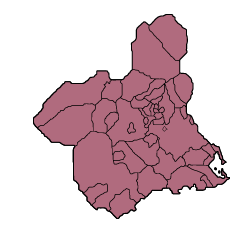
Important Topics:
CAMPOSOL TODAY Whats OnCartagena SpainCoronavirusCorvera Airport MurciaMurcia Gota Fria 2019Murcia property news generic threadWeekly Bulletin
CAMPOSOL TODAY Whats OnCartagena SpainCoronavirusCorvera Airport MurciaMurcia Gota Fria 2019Murcia property news generic threadWeekly Bulletin
Contact Murcia Today: Editorial 966 260 896 /
Office 968 018 268






